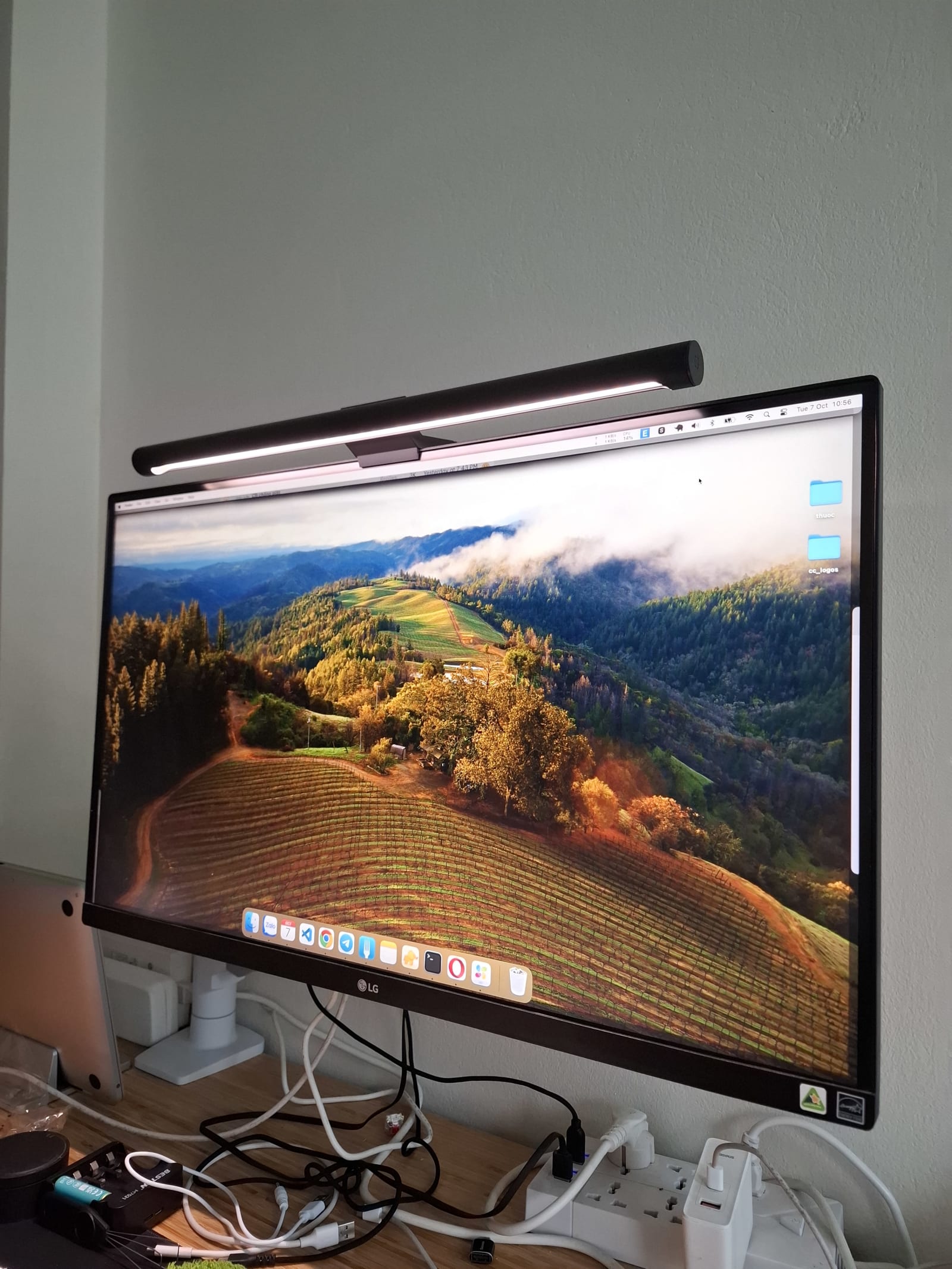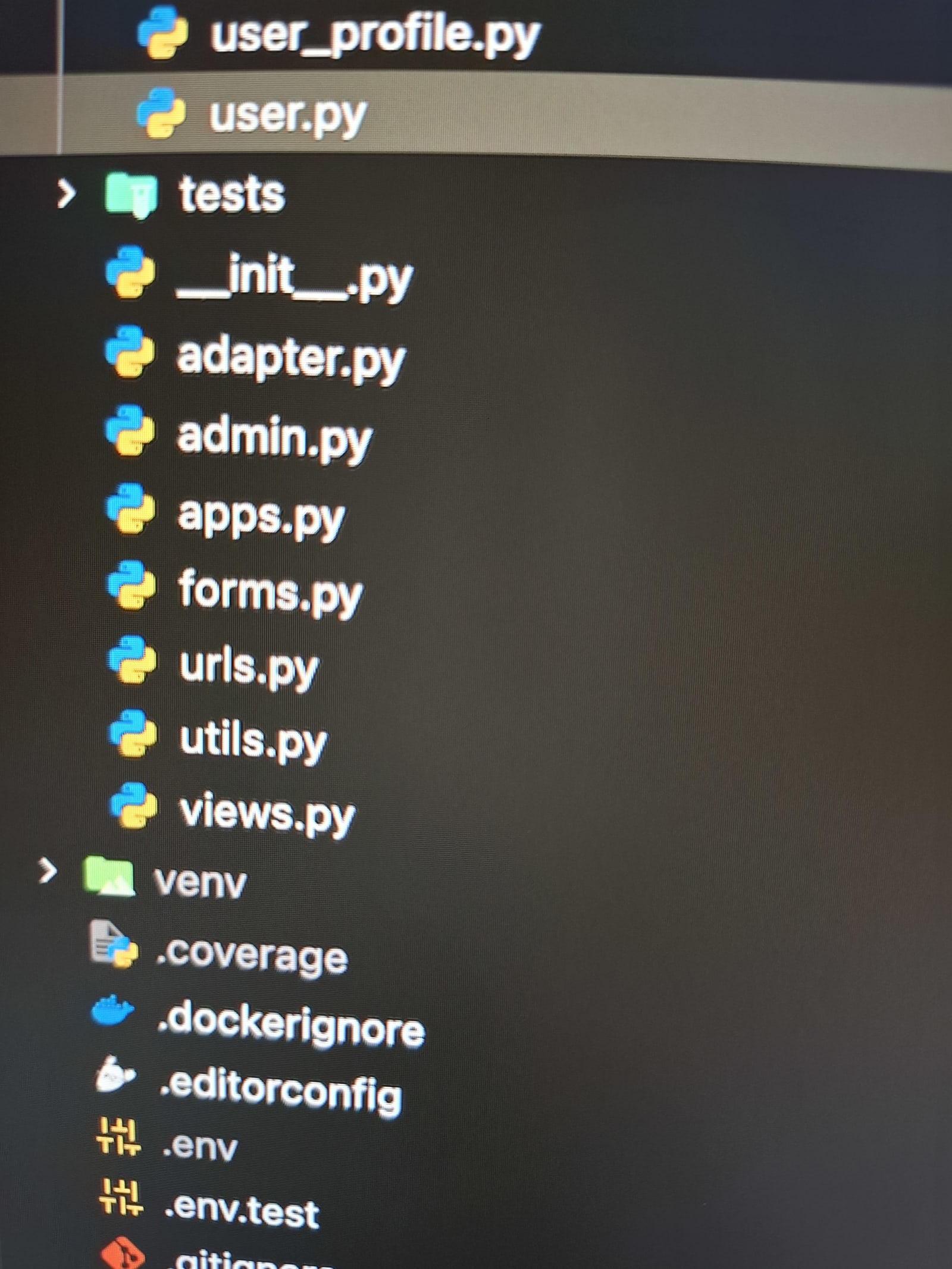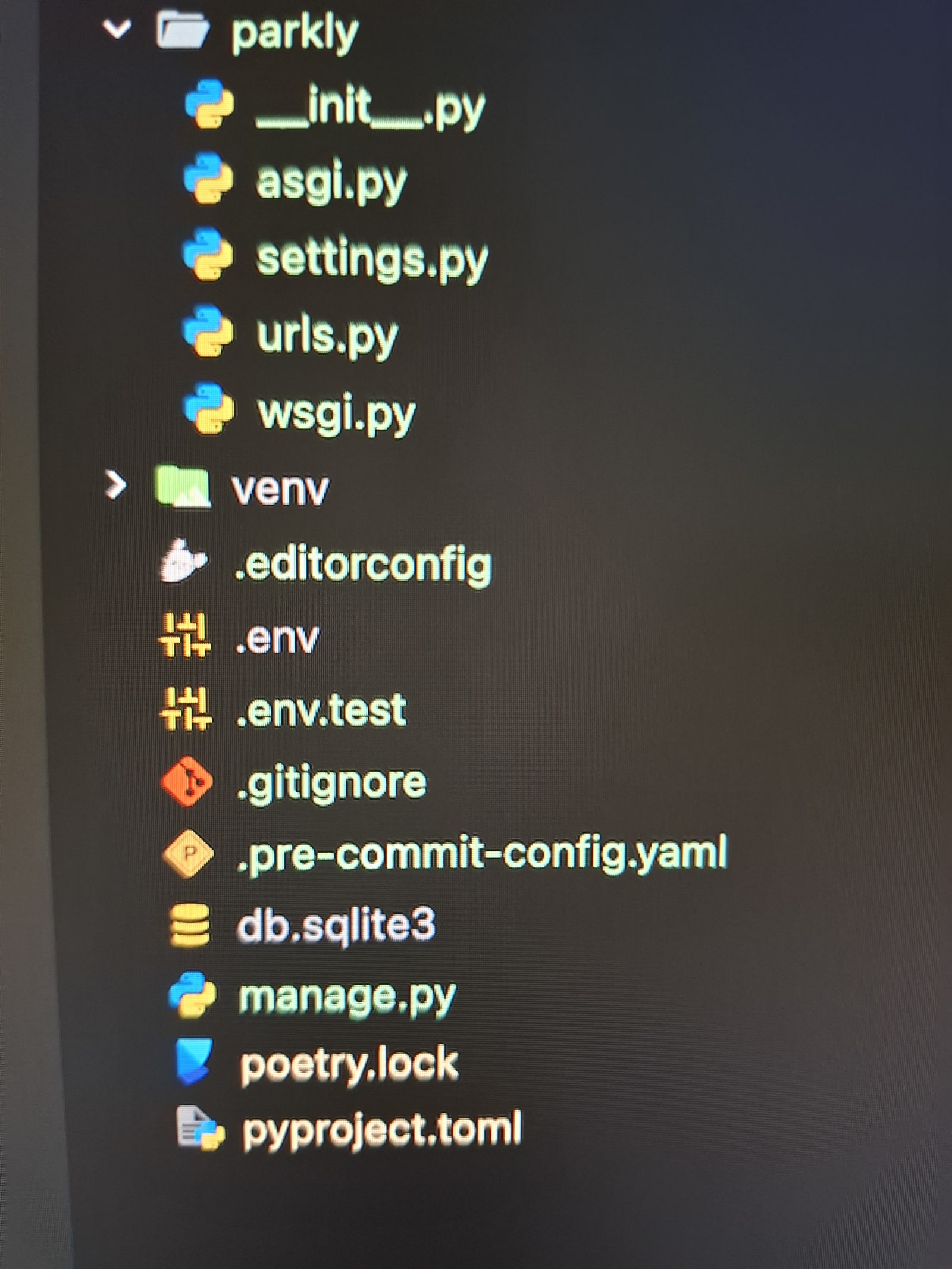My favourite 4k monitor for Mac: LG 27UP850N
October 7, 2025
If you're a Mac user working with an external monitor, you've probably experienced the frustration of blurry text and pixelated interfaces. I certainly did. After years of squinting at a Full HD display connected to my MacBook, I finally made the leap to 4K-and it completely transformed my workflow.
The Full HD nightmare on macOS
Let me start with a confession: I used to work with a 1920 x 1080 monitor connected to my Mac. It was an awful experience. Text looked broken, icons appeared fuzzy, and after long coding sessions, my eyes felt strained and tired. The problem wasn't the monitor itself-it was the fundamental mismatch between macOS's rendering expectations and standard Full HD resolution.
Apple designs macOS interfaces to be comfortable at approximately 110 pixels per inch for non-Retina displays and around 220 pixels per inch for Retina displays . A typical 24-inch Full HD monitor falls far short of these standards, resulting in the blurry mess I had been tolerating for far too long.

Why 4K resolution matters for Mac users
When I started researching replacements, I was careful about my choice. I worried that even a 4K monitor might suffer from the same issues. The difference in sharpness between 5K displays at 218 PPI and 4K displays at 163 PPI is noticeable but small, with text looking practically identical from normal viewing distance . This gave me confidence that 4K would be sufficient for my needs.
The math works out beautifully: a 27-inch 4K monitor (3840 x 2160 pixels) delivers approximately 163 pixels per inch. While not quite reaching Apple's ideal "Retina" pixel density, it's close enough that text renders sharply and UI elements look crisp. For coding work, where I spend hours staring at monospaced fonts and syntax highlighting, this clarity is non-negotiable.
The LG 27UP850N: a game-changer for my workflow
When I first connected the LG 27UP850N to my MacBook, I was genuinely blown away. The text was sharp-really sharp. It felt remarkably close to the Retina display on my MacBook (which has a 5K equivalent resolution), and I had zero doubts about my purchase decision.

The monitor I purchased is technically an older model from 2021, but LG has since released updated versions in the UltraFine series. The newer models maintain the same excellent 4K IPS panel with improvements in color accuracy and connectivity options. However, the core display technology that made me fall in love with the 27UP850N remains consistent across these iterations.
The magic of USB-C connectivity
One of the standout features is the USB Type-C port with 90W Power Delivery. This single cable solution changed everything about my desk setup. I simply plug one cable into my MacBook, and it handles:
- Display output at full 4K resolution
- Charging my laptop with 90W power
- USB hub functionality through the ports on the back of the monitor
No more juggling multiple adapters or having a rat's nest of cables on my desk. The convenience cannot be overstated-especially when I need to quickly disconnect and take my MacBook to meetings.

Perfect for monitor arms and ergonomic setups
The LG 27UP850N is VESA mount compatible, which makes it ideal for use with a monitor arm. I mounted mine on an adjustable arm, and the flexibility has been fantastic for my posture and comfort. Being able to easily adjust the height, tilt, and distance of the display throughout the day helps reduce neck strain during long coding sessions.
The monitor itself is reasonably lightweight for a 27-inch display, so most standard monitor arms handle it without issue. This ergonomic flexibility is something I'd strongly recommend for anyone spending multiple hours daily in front of their screen.
Comparing alternatives: Samsung Viewfinity S8
While researching, I also came across the Samsung Viewfinity S8 series, which offers similar specifications at competitive prices. The Samsung ViewFinity S8 is marketed as a budget-friendly 4K monitor packed with extra features , and many Mac users report positive experiences with it.
However, I ultimately chose the LG based on the brand's strong reputation for monitor quality. LG has been manufacturing professional-grade displays for years, and their color accuracy and panel consistency are generally excellent. That's not to say Samsung makes inferior products-they're a solid alternative-but for my needs, LG felt like the safer bet for long-term reliability.
Is 5K worth the extra cost?
One question I wrestled with: should I spring for a 5K monitor instead? While 5K displays offer pixel-perfect Retina scaling on macOS, I don't think the price premium is justified for most users. The difference between a quality 4K display at 27 inches and a 5K display is subtle unless you're doing color-critical work or fine art design.
For developers, writers, data analysts, and general productivity users, a 27-inch 4K monitor strikes the perfect balance between sharpness, screen real estate, and affordability. You get crystal-clear text, smooth gradients, and a comfortable amount of workspace without breaking the bank.
Final thoughts: the sweet spot for Mac external displays
After years of struggling with subpar external displays, the LG 27UP850N has become an indispensable part of my daily workflow. The combination of 4K resolution, USB-C connectivity, and reliable LG quality makes it an excellent choice for Mac users who need a sharp, functional external display.
The right monitor doesn't just improve your work-it transforms your entire computing experience.
If you're currently using a Full HD monitor with your Mac, you owe it to yourself to upgrade. The difference is night and day. And if you're worried about compatibility or quality, a 27-inch 4K monitor like the LG 27UP850N offers the perfect balance of sharpness, performance, and value. Your eyes will thank you.
